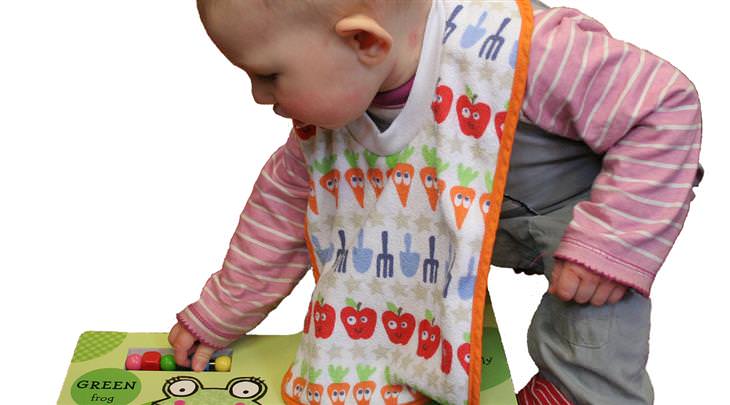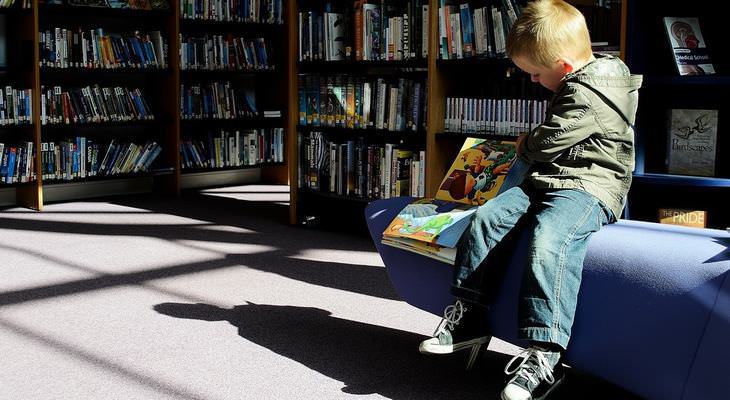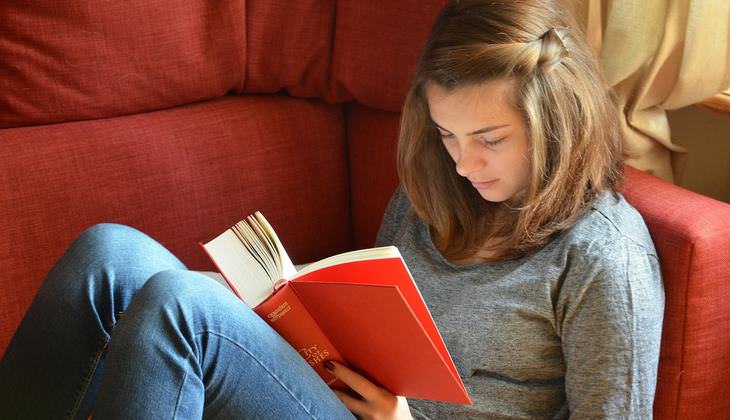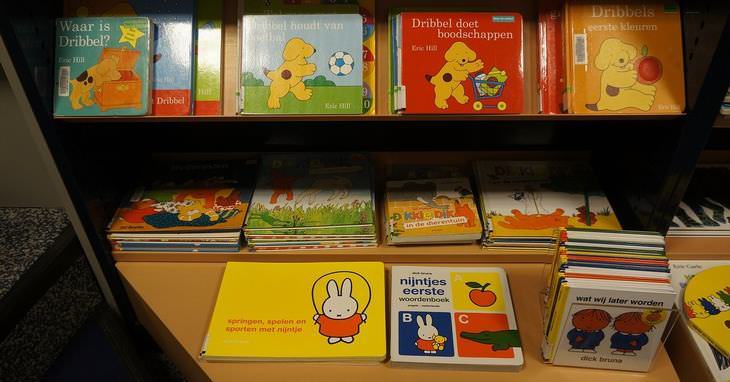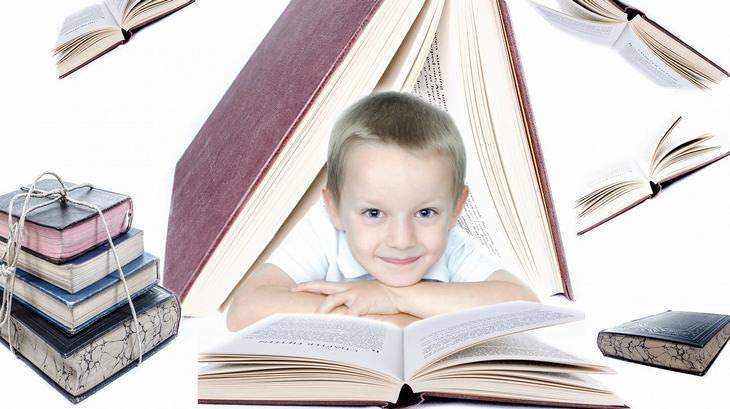Reading is so important for kids’ development, and fortunately they just love it! So I have always got a terrific thrill from picking up exciting new books for my grandchildren, imagining the fun they will have entering the world of all those fabulous stories. Some books have been received well; some not so much: and I have learned a lot about why. So here is my foolproof guide to picking up the best reading material for your little ones.
6 important tips for buying the best kids' books
Here are some simple tips to help you decide what type of books to buy for your children and grandchildren.
1. Frequent library trips
Once you have found your local library, make very good use of it, attending regularly. Get them used to visiting and browsing the books on offer.
2. Don’t always go for recommended choices, but what they like
Of course some recommendations are brilliant, but not always. Kids like what they like, so look for their interests first.
3. Trust your instincts
Bearing in mind their interest, age and reading level, choose books you think will be suitable. With practice you will get better at this.
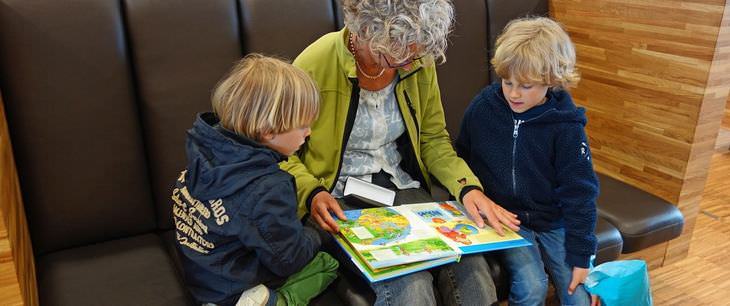
4. Ask them what they like
What do they like, what don’t they like? What do they want to learn about? Who do they want to meet? What do they want to be when they grow up? Ask them all of these things quite regularly to get a flavor of what will work on them.
5. Let them pick one to read alone, and one with you
Get them in the proactive habit of choosing their own books. Having them pick two different types is a good way for them to see reading as sometimes collective and sometimes private.
6. If a book gets boring, put it down
Reading is not meant to be a chore, but a kind of play. If something seems a little dull, despite expectations, just draw a line under it and pick something else. This will ensure they are not turned off reading at a young age.
How to buy for: infants and toddlers (ages 0-2)
Aged between 0 and 2, the youngest children respond well to brightly colored images and rhythmic sentences. They don’t always need stories to be entertained, as a series of pictures will set them off on a wild independent train of thought. Look for…
• Books that contain large, bright colorful pictures with objects they know.
• Books made from plastic, cloth or cardboard that are the right size for them to handle by themselves.
• Books that excite their senses. Today many books use scents, textures and fabrics.
• The stories (if they are stories) should be told in small and easy sentences, with explanatory illustrations.
• If the story rhymes or has a rhythm, it will sound better read aloud.
How to buy for: preschoolers (ages 3-5)
Children at these ages are really enjoying their use of language, so reading and re-reading memorable books is really good for their vocabulary. Most children at this age can’t read very much at all, so you will still be reading to them, so bear in mind that you should be enjoying the books too: they will feed off your joy.
• The images should be engaging, clear and full of colors.
• The stories should be very fun, and fast-paced enough to be read all at once.
• Find books with rhythms and rhyme to create memorable stories kids can repeat.
• To encourage kids to answer and ask questions about the world, the stories should be about everyday things they can relate to.
• Look for books that reinforce basic concepts they are learning like colors, shapes, numbers and letters.
• Children often pay attention when the stories’ characters are of their own age more or less, or when animals take a starring role.
How to buy for: early school years (ages 6-9)
At this point many young kids are beginning to read independently. To keep them challenged and entertained (some kids loose interest in reading at this stage) have them read aloud to you, and join in somehow. Encourage them with books that have a few new words they don’t yet know, but can work out from context or illustrations. Look for books with…
• Easy to read, clear sentences.
• Attractive images that give a hint to meaning of unfamiliar words.
• Go for books that appeal to the interests of the child.
• How-to books, such as those that teach crafts or recipes, with clear instructions and illustrations.
• Books written or illustrated by the child’s favorite writers and illustrators.
• Books with favorite characters of theirs.
• Books that they remember being read to them when younger – now they can read by themselves.
• Choose books that may lead to discussions at home.
• Books with chapters that they will not be able to finish in one day, but can stretch out over time.
How to buy for: adolescents (ages 10 +)
At this stage, children are really becoming independent, but you can still engage with their reading by discussing books with them. If you are unsure of whether a book is suitable for their level, have a look on the cover to see if there is any age indication, or grade level. Go for…
• Books that are about subjects the child is interested in.
• If you think it will help, books that have characters going through similar growing-up changes as the child.
• Books with new experiences in them.
• Books of facts and stats, such as history and trivia, or almanacs.
• Some genre types they may begin to be interested in could be biographies, classics, folk stories, historical fictions and books of mythology.
Bonus: My Top 5 Classic Kids' Books Every Kid Should Enjoy
1. Brown Bear, Brown Bear, What do You See? (1967) Bill Martin Jr. & Eric Carle
Kids love to read about and see great pictures of animals, and this book is full of them. The sentences are repeated throughout, giving you great opportunity to read rhythmically. You can also look for the little mouse on every page. I have loved reading this together with very small children. After this try some of Eric Carle's greatest other works, featuring hungry caterpillars and busy spiders, to name a couple.
2. The Usbourne First 1000 Words in English (2013) Heather Amery & Stephen Cartwright
For children who are starting to speak in single words, and small phrases, picture books like these are wonderful. Every page is crammed with colorful illustrations of everyday things and places, with key vocabulary demonstrated very cleverly in picture form. There are many such books as these, but this is my favorite. After they've mastered the English version, there are around 60 translations of the same book you can try out with them. Plus don't forget to find the little duck on every page.
3. Not Now, Bernard (2015) David Mckee
Eventually children will be able to follow simple stories, and this one is just incredible. A delightful and familiar metaphor leads this tale along to a stunning and shocking conclusion which delights kids every time they read it. The book however is very short, amusingly illustrated and large. It is perfect for quite young children.
4. Charlie and the Chocolate Factory (1964) Roald Dahl
When children start to read by themselves they will be looking for episodic stories that delight them. Roald Dahl is perhaps the master at winding sumptuous tales of imagination for children. Whether you go for Charlie, The Twits, or the BFG once they have enjoyed one there are a whole host of others to look forward to. Plus with this story they can also enjoy the two feature films derived from it.
5. Tales from Shakespeare (1807) Charles & Mary Lamb
It is often sadly true that youngsters can become daunted by high literature, seeing it as a chore, full of hard to understand language and long speeches. It was for this reason that the Lambs put together a kids' version of Shakespeare. Having enjoyed the stories in here, children will be well placed in later life to tackle so called 'difficult literature.' If they are unsure, you can try reading portions to them at night time and discussing the events together.



